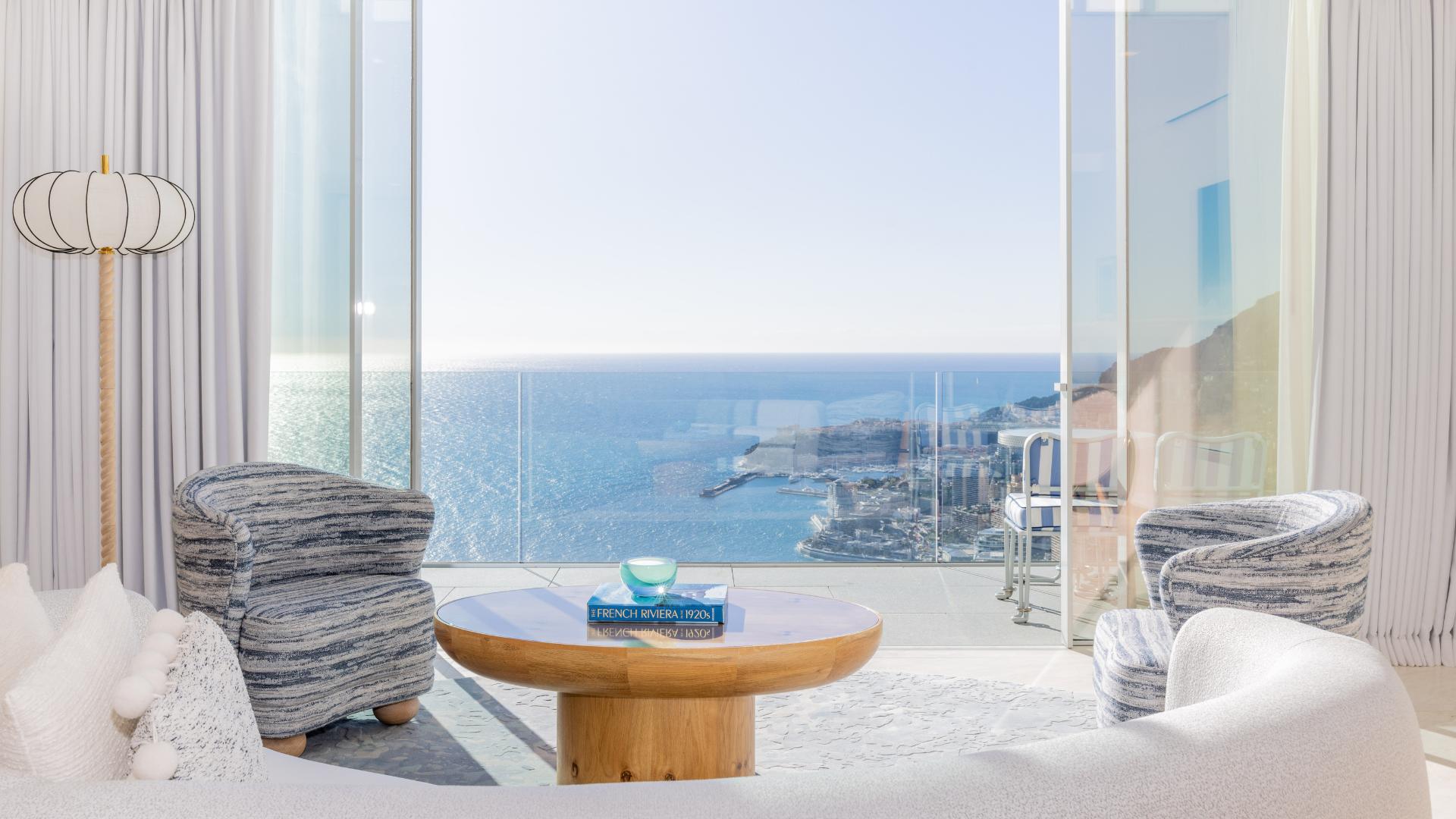Illuminating Interiors: Living with Côte d’Azur Light
Exploring the relationship between light, perception, and interior space on the French Riviera.
The Côte d’Azur’s extraordinary clarity has entranced artists and designers for centuries. From Monet to Picasso, creatives were “enthralled by the landscapes and the light of the Côte d’Azur”. Indeed, local villas and studios are built to invite sunshine in, often blurring the line between indoors and out. The Riviera enjoys well over 300 sun-drenched days each year, a climate that naturally encourages open, breezy interior designs.
Henri Matisse settled in Nice in 1917, “attracted by the unique light of the French Riviera”. He later wrote he was “overwhelmed by [Nice’s] clarity”, and this crystalline light energised his late cut‑out compositions. Claude Monet likewise grappled with the region’s brilliance: he quipped that only a palette of “diamonds” and “precious stones” could render its sunny landscapes.
Marc Chagall spent three decades on the Riviera, painting its ochre hills and azure sea into each canvas. In Aix-en-Provence, Paul Cézanne observed that “the particular light of Provence” guided him toward abstraction. These artists attest that the Mediterranean sun yields sharper colour and contrast than anywhere else – a palette that still inspires designers today.
The Psychology of Light
Sunlight and mood: Natural daylight has a profound, positive effect on well-being. Studies show that daylight exposure correlates with reduced depression and greater happiness. For example, a large study linked each extra hour outdoors to significantly lower depression risk.
Biological rhythms: Daylight regulates circadian cycles, improving sleep and cognitive function. Exposure to bright morning sun boosts alertness and creativity, as our brains rely on these natural cues.
Emotional intensity: Bright light tends to heighten energy and emotions, while softer, diffuse light calms and soothes. A brilliantly lit room makes details – and feelings – feel vivid; a twilight corner invites relaxation.
Color perception: The Riviera’s full-spectrum sun renders colours incredibly vivid. On a sunny day green vines and blue seas seem to glow, and interiors painted in light hues appear more spacious.
Productivity and creativity: Exposure to sunlight has been shown to “improve mood, boost creativity and regulate our circadian rhythms”, meaning that sunlit interiors can make inhabitants feel more energetic, focused and clear-headed.
Designing with Mediterranean Light
Image Source: Maybourne Riviera
Open layouts and glazing: Mediterranean homes favor large windows, glass doors and open plans to channel sunbeams deep inside. Floor-to-ceiling glass and minimal partitions are common, so that sunlight truly becomes an interior “material.”
Reflective materials: Polished stone and bright plaster bounce sunshine around rooms. As one Riviera villa notes, a “polished marble floor reflects light around a lounge”, amplifying the day’s glow. White walls, light linens and high ceilings keep spaces feeling airy and cool.
Soft coastal palette: Interiors often echo the sea and sky – think driftwood browns, creams, olive greens and gentle blues. These muted tones harmonize with the sun’s warmth. Fabrics and ceramics in natural textures (linens, terracotta, raw wood) deepen comfort as daylight plays across them.
Indoor–outdoor flow: Terraces, pergolas and wide verandas extend living areas into sunlight. Designers here strive to “allow the inside and outside to communicate”, so a salon might open seamlessly onto a garden. In practice, rooms often face the sea or gardens on one side and a bright courtyard on the other.
Together, these strategies create rooms that feel perpetually sunlit. For example, bedrooms may face east to greet the dawn, while drawing rooms open west to capture sunset’s warmth. Textures are chosen for how they catch sunlight: matte plaster walls soften glare, while glossy mosaics or mirrors animate corners with reflected sunspots. In this way, every surface becomes part of the lighting scheme, and each day in a Riviera home offers a subtly shifting palette of light and shadow.
Seasonal changes also play a role: in winter the low sun floods spaces with soft, warm light and long shadows, whereas in high summer its rays create crisp, dramatic contrasts. Smart designs anticipate this cycle, using shutters, eaves or pergolas to temper strong light and thin curtains or full glazing to capture the winter sun. The result is that a Riviera home itselfseems to breathe with the sky – continuously transforming its mood as sun and shadow shift.
In sum, the French Riviera’s light is far more than a backdrop — it is a dynamic design element shaping mood, perception and space. In practice it shapes how we see colour and depth in every room. Our Riviera-based interior design practice specializes in harnessing this luminous legacy. By carefully orienting rooms, selecting materials and curating colour with the sun in mind, we ensure that each interior truly captures the region’s inimitable glow. On the Riviera the sun is the master decorator — our aim is to help every home shine in step with it.

